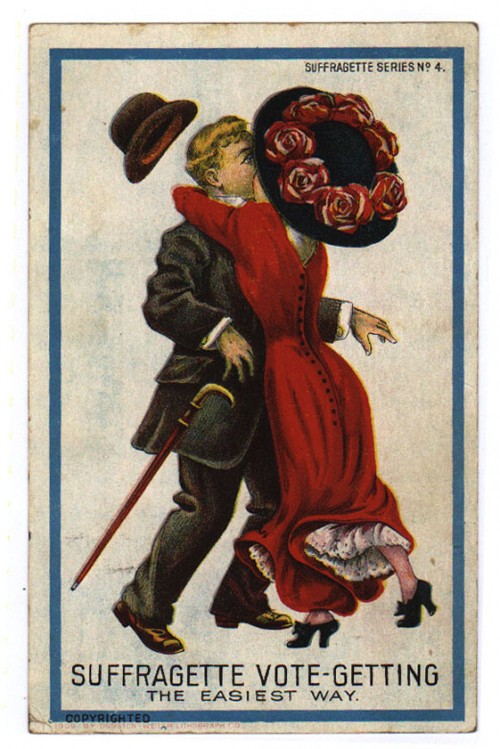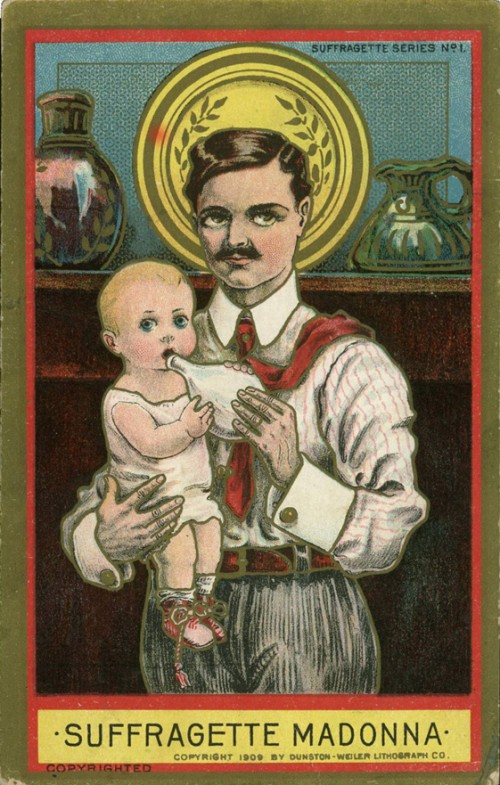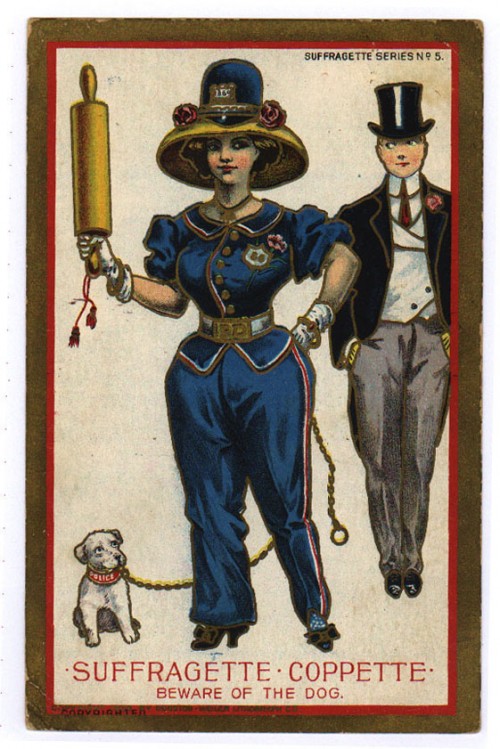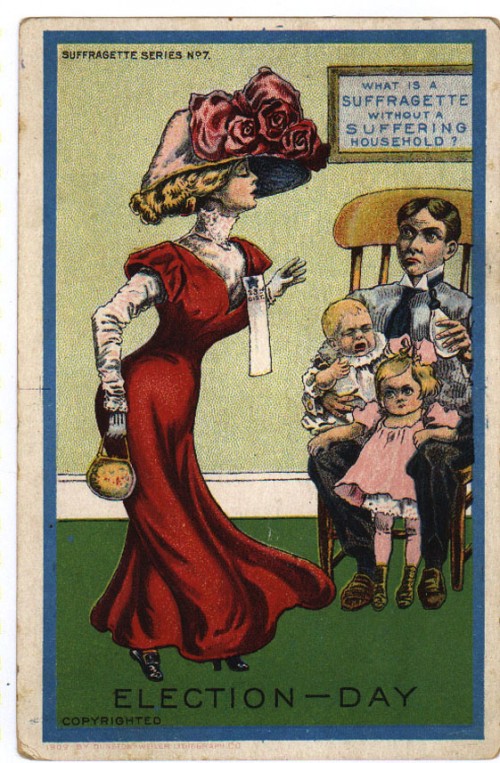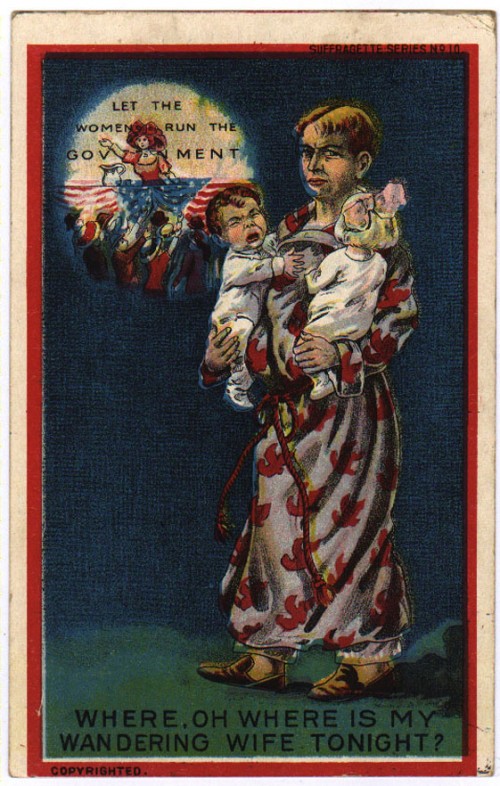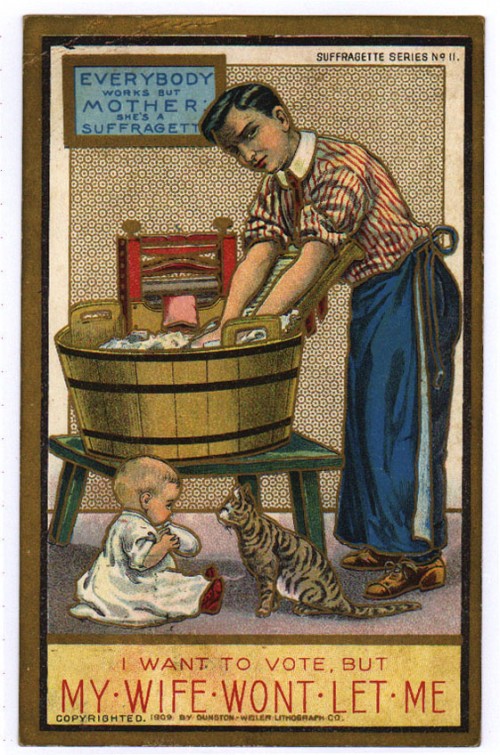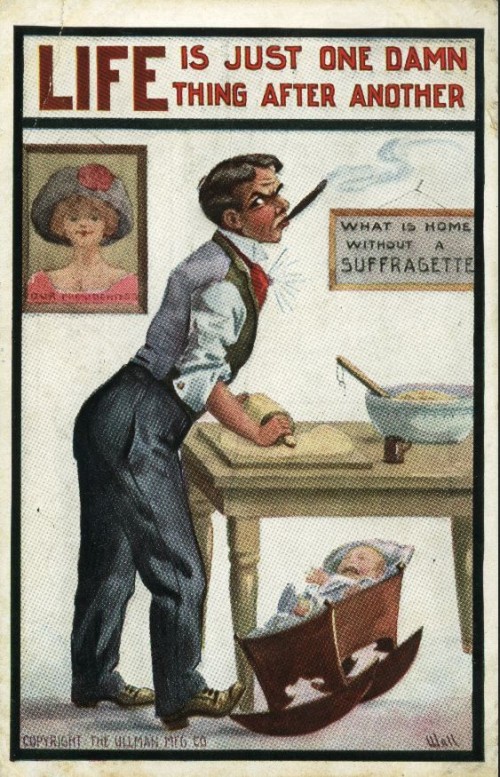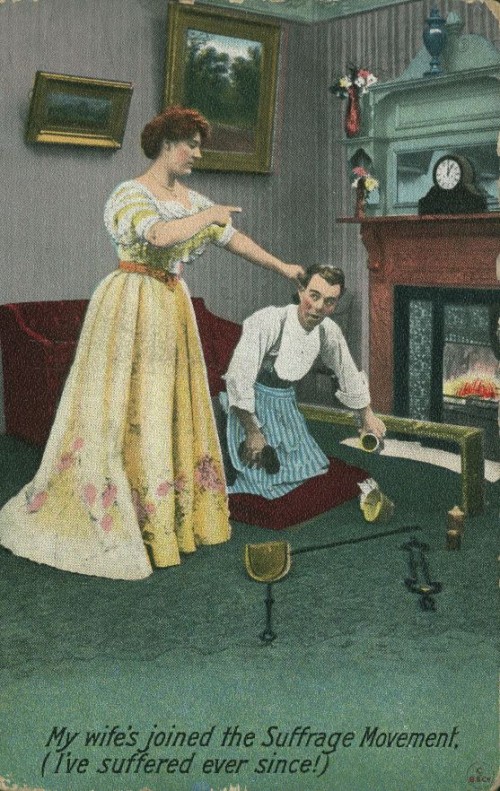For the last week of December, we’re re-posting some of our favorite posts from 2012. Originally cross-posted at Ms.
Mojca P., Jason H., Larry H., and Cindy S. sent us a link to a story about a Saudi Arabian version of an IKEA catalog in which all of the women were erased. Here is a single page of the American and Saudi Arabian magazines side-by-side:
After the outcry in response to this revelation began, IKEA responded by called the removal of women a “mistake” “in conflict with the IKEA Group values.” IKEA seems to have agreed with its critics: erasing women capitulates to a sexist society and that is wrong.
But, there is a competing progressive value at play: cultural sensitivity. Isn’t removing the women from the catalog the respectful and non-ethnocentric thing to do?
Susan Moller Okin wrote a paper that famously asked, “Is Multiculturalism Bad for Women?” The question led to two decades of debate and an interrogating of the relationship between culture and power. Who gets to decide what’s cultural? Whose interests does cultural sensitivity serve?
The IKEA catalog suggests that (privileged) men get to decide what Saudi Arabian culture looks like (though many women likely endorse the cultural mandate to keep women out of view as well). So, respecting culture entails endorsing sexism because men are in charge of the culture?
Well, it depends. It certainly can go that way, and often does. But there’s a feminist (and anti-colonialist) way to do this too. Respecting culture entails endorsing sexism only if we demonize certain cultures as irredeemably sexist and unable to change. In fact, most cultures have sexist traditions. Since all of those cultures are internally-contested and changing, no culture is hopelessly sexist. Ultimately, one can bridge their inclinations to be both culturally sensitive and feminist by seeking out the feminist strains in every culture and hoping to see those manifested as it evolves.
None of this is going to solve IKEA’s problem today, but it does illustrate one of difficult-to-solve paradoxes in contemporary progressive politics.
—————————
Lisa Wade has published extensively on the relationship between feminism and multiculturalism, using female genital cutting as a case. You can follow her on Twitter and Facebook (where she keeps discussion of “mutilation” to a minimum).





